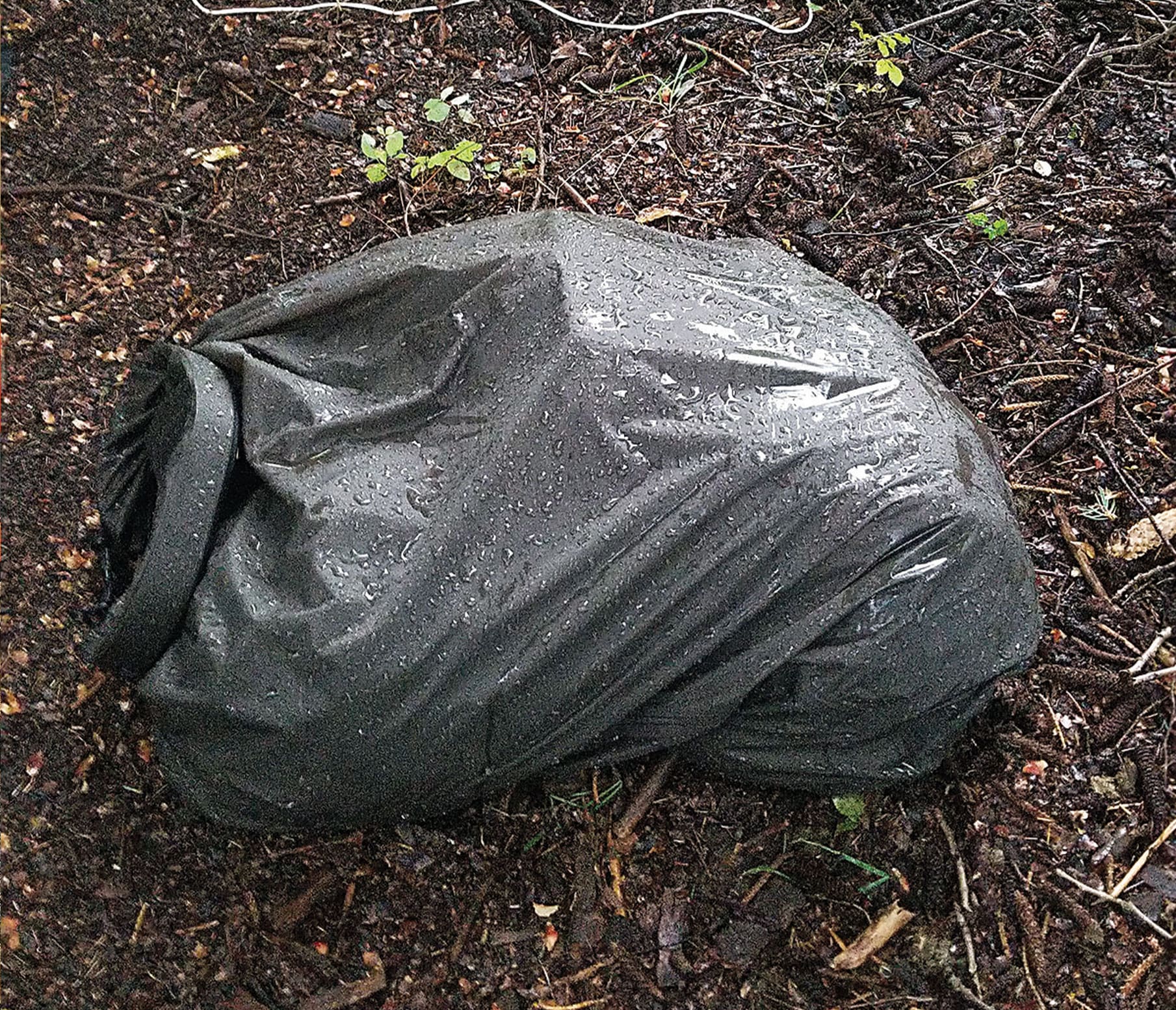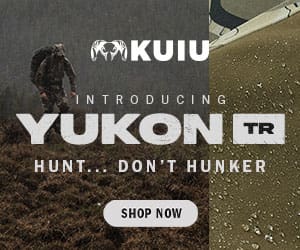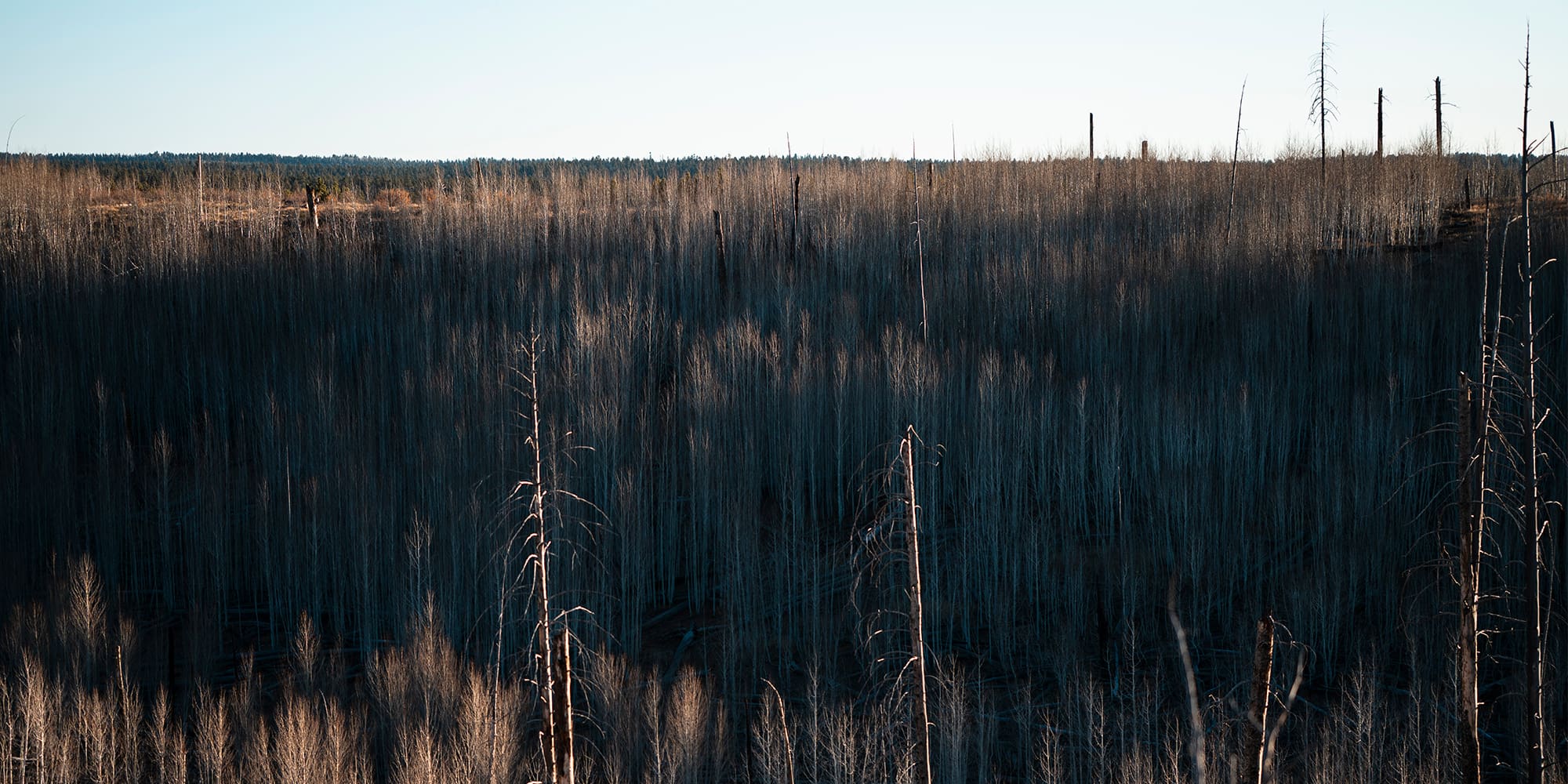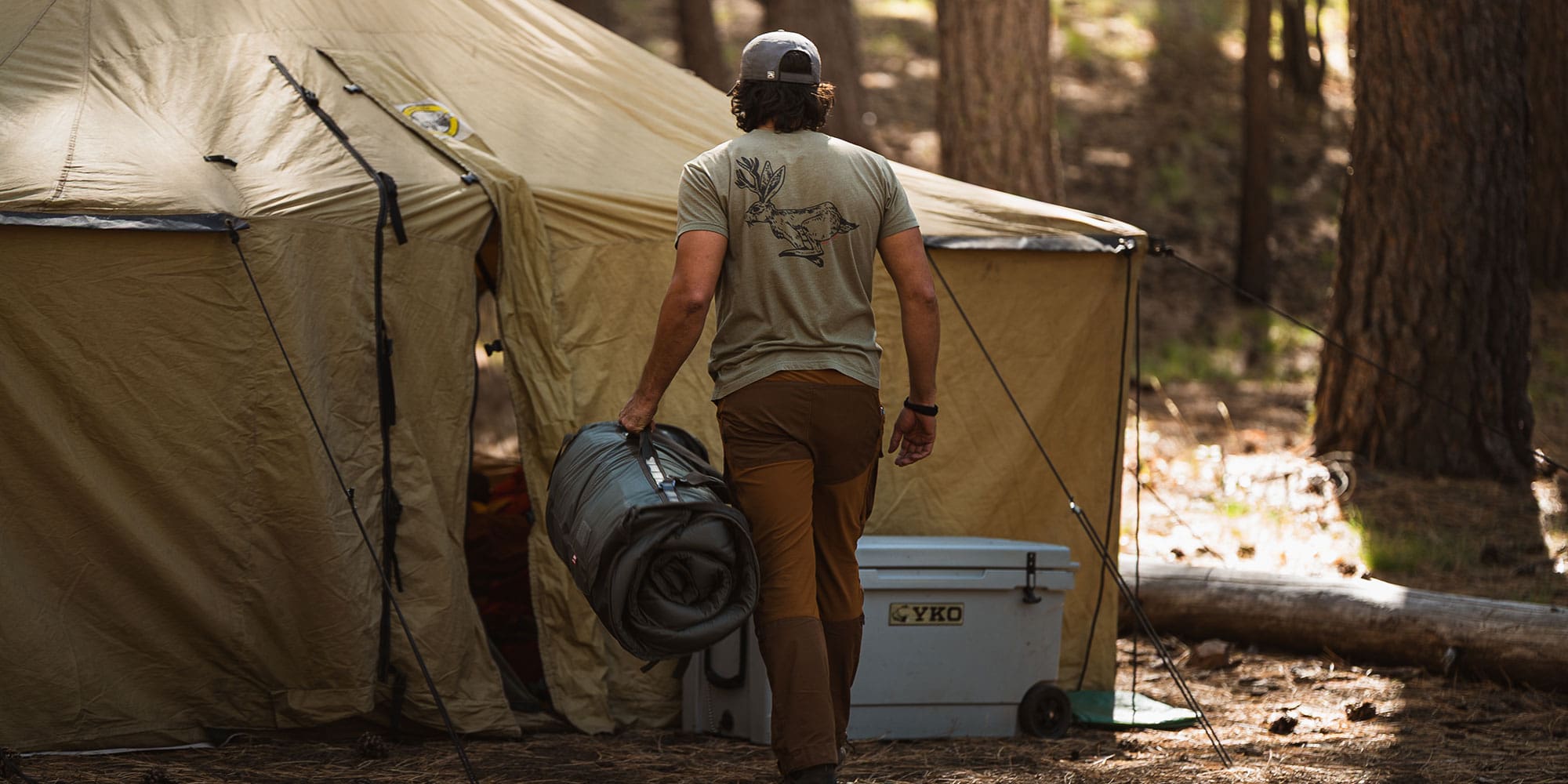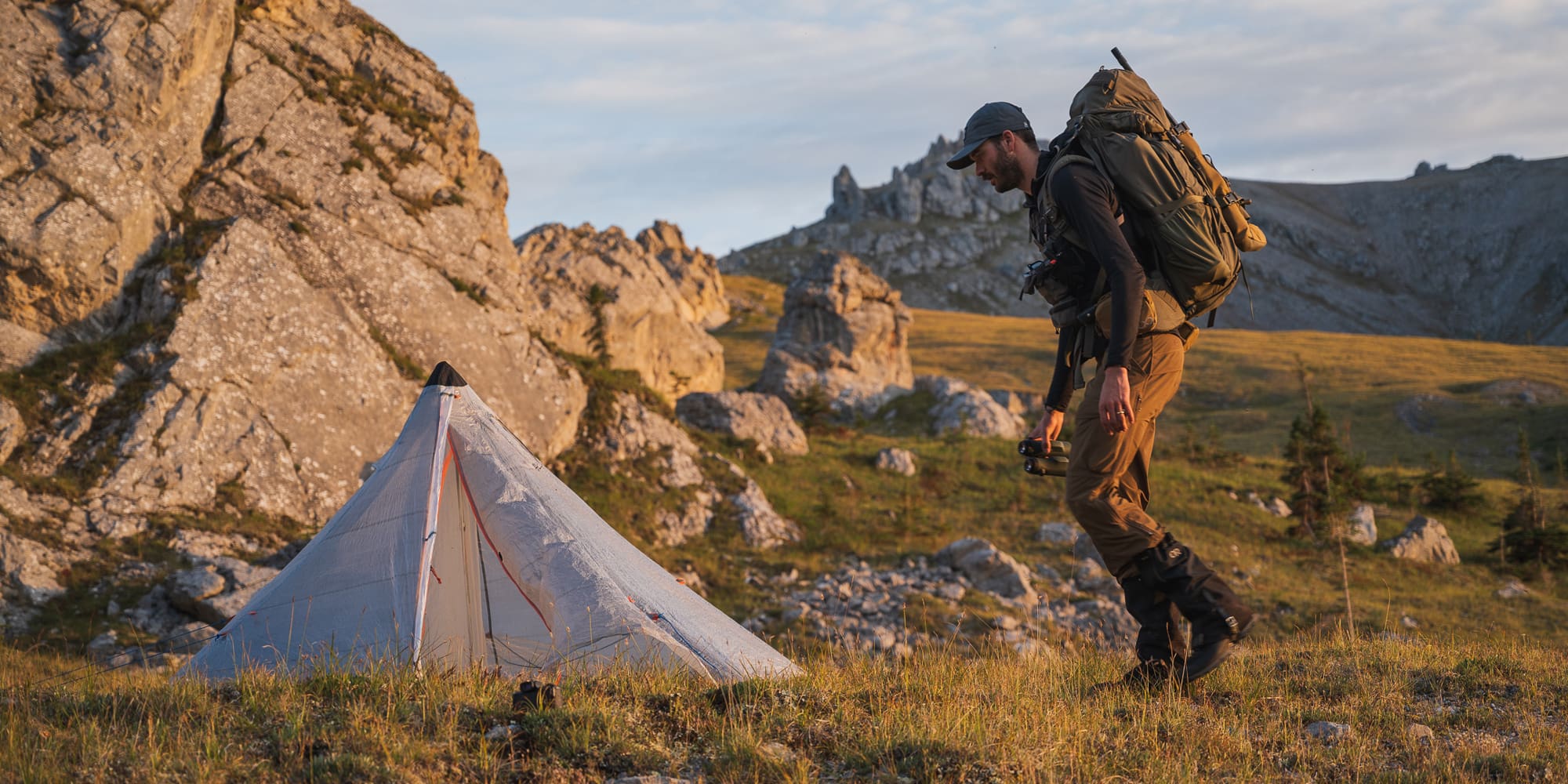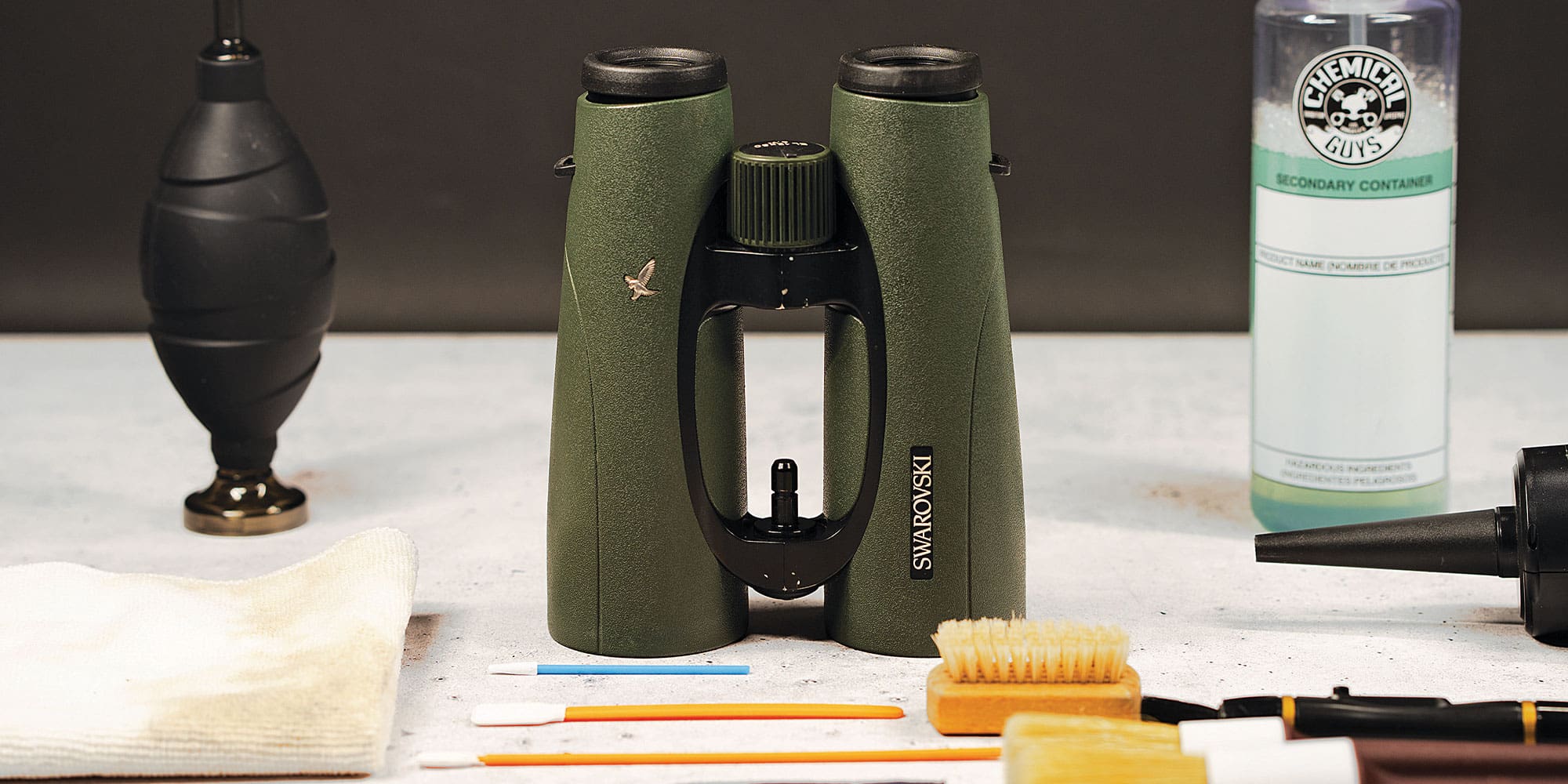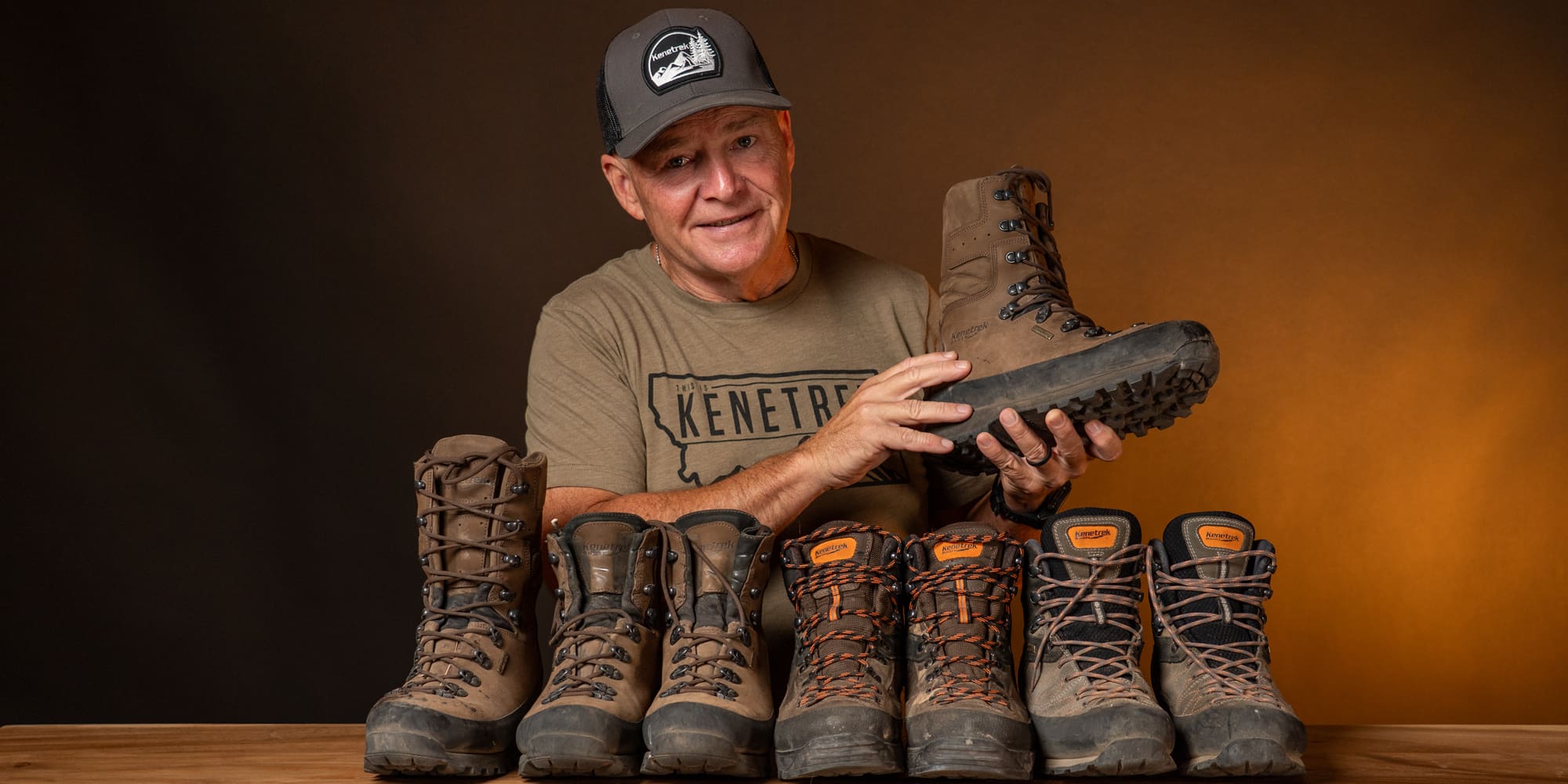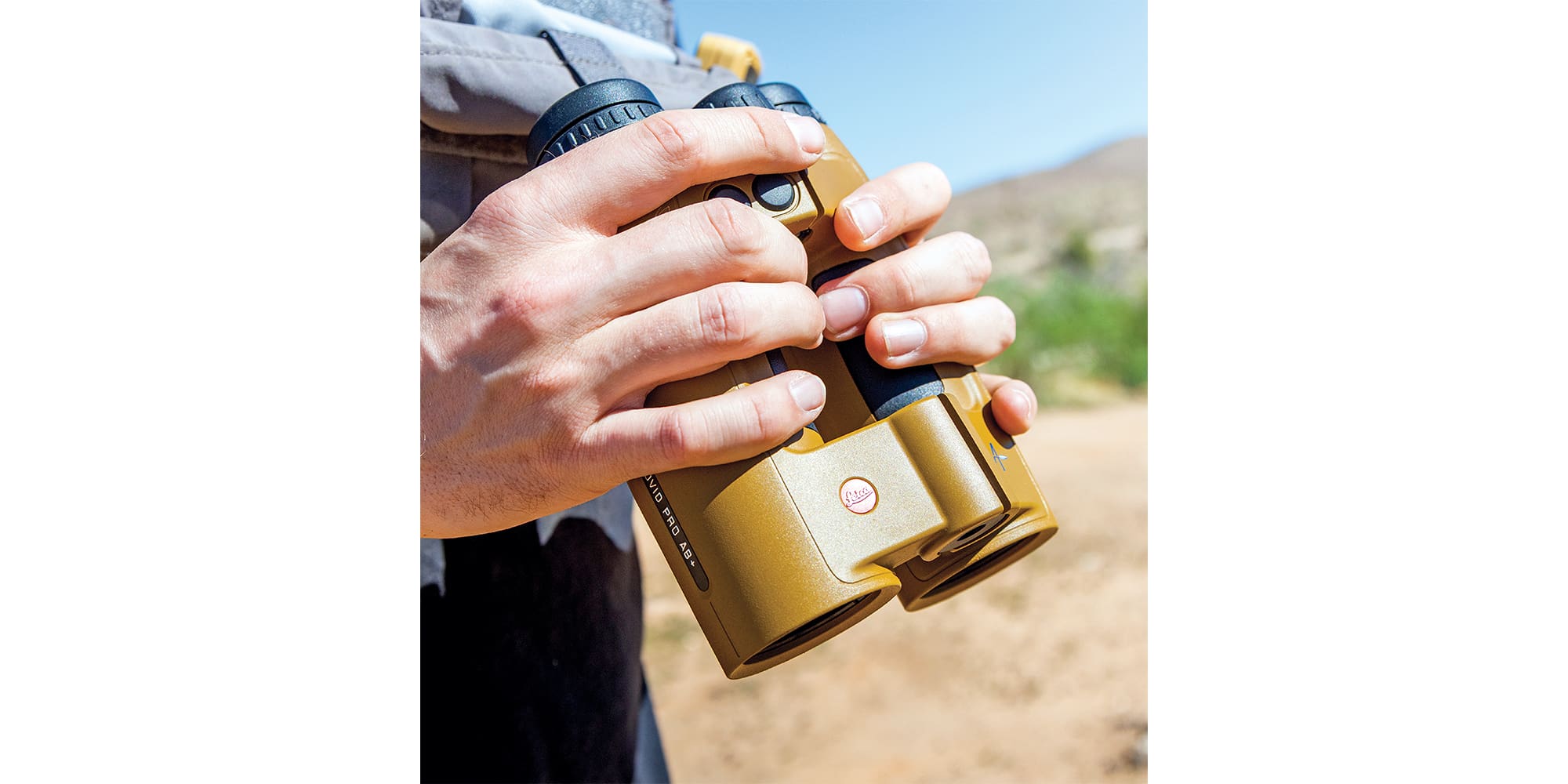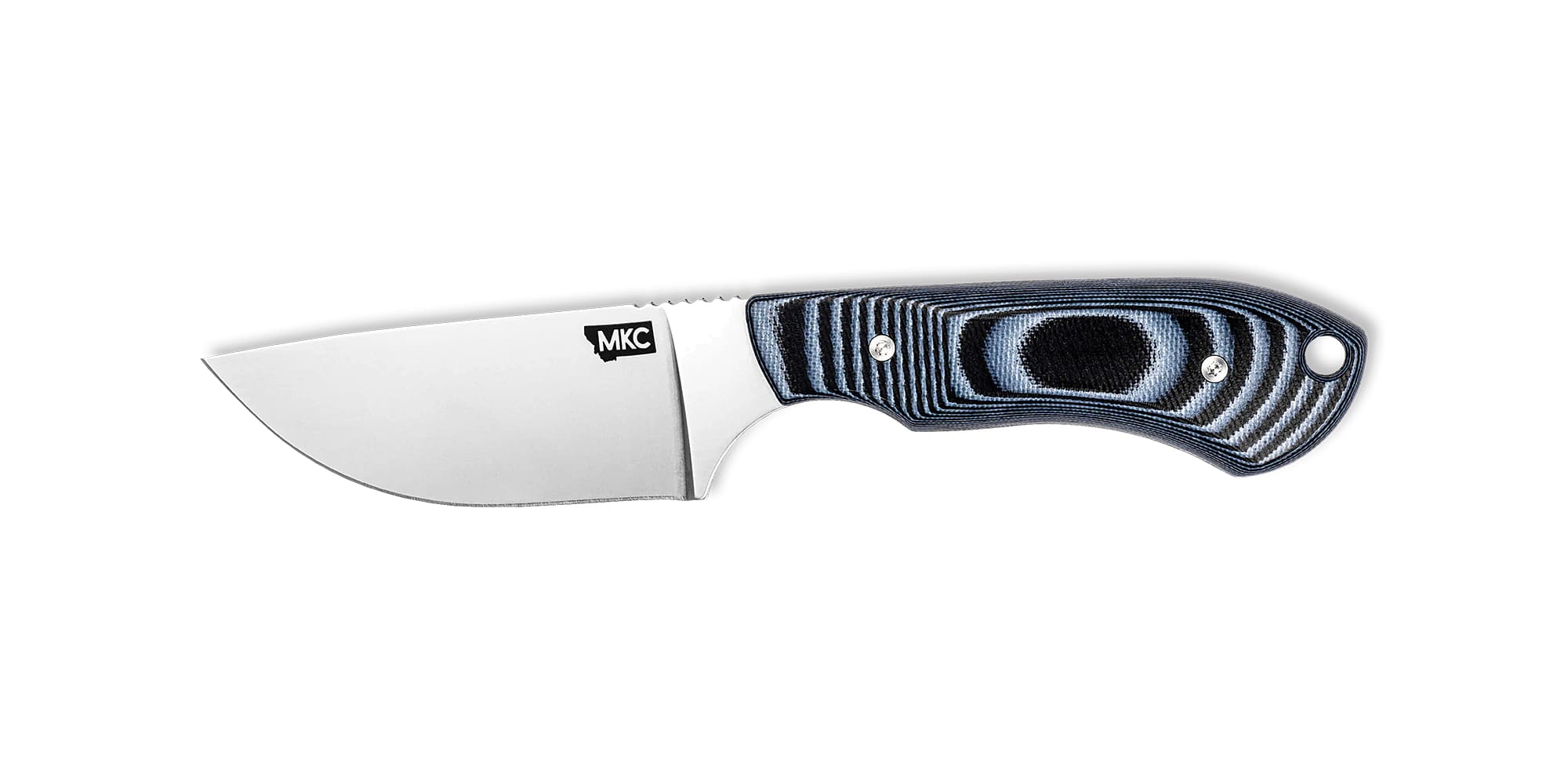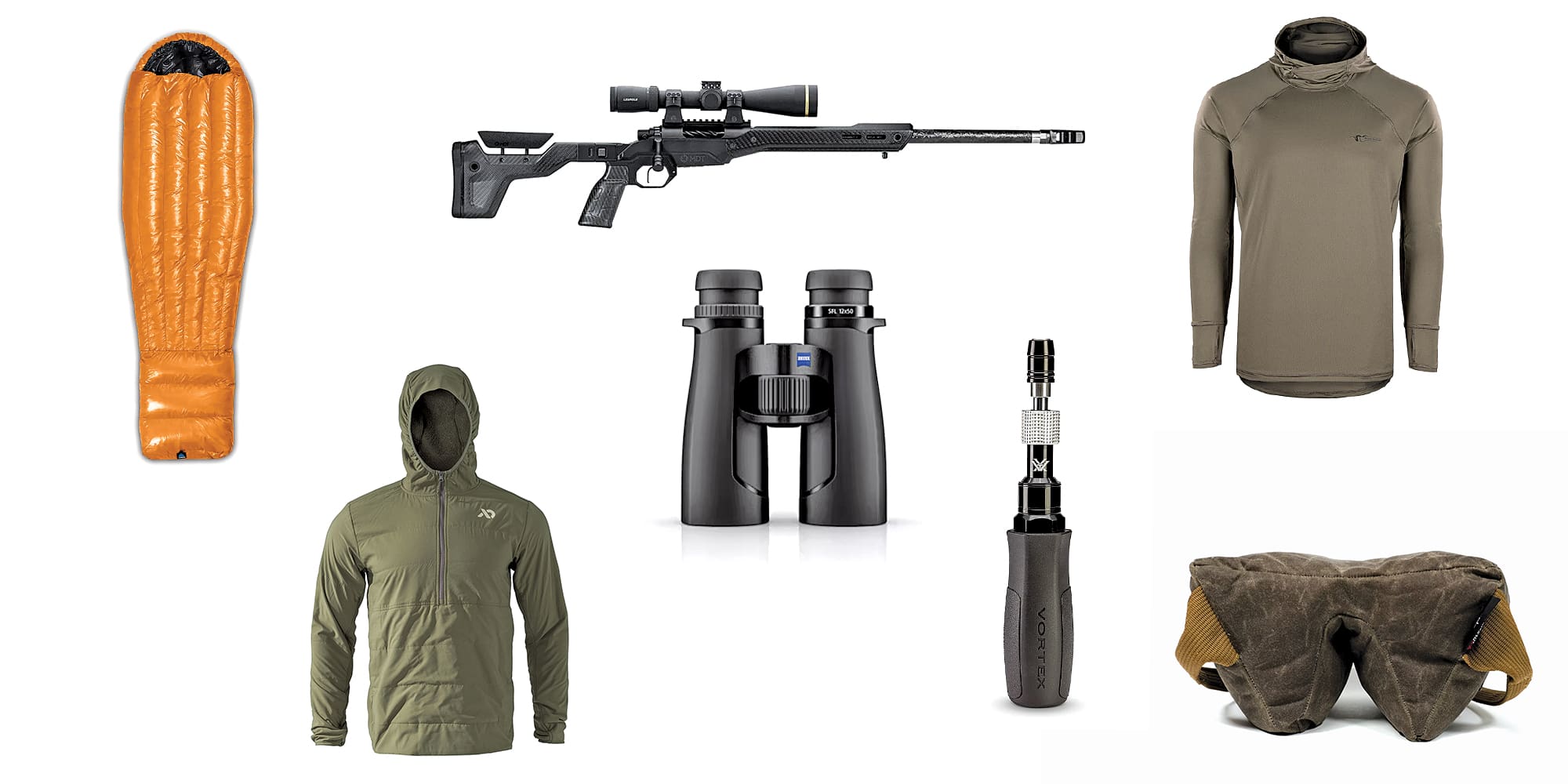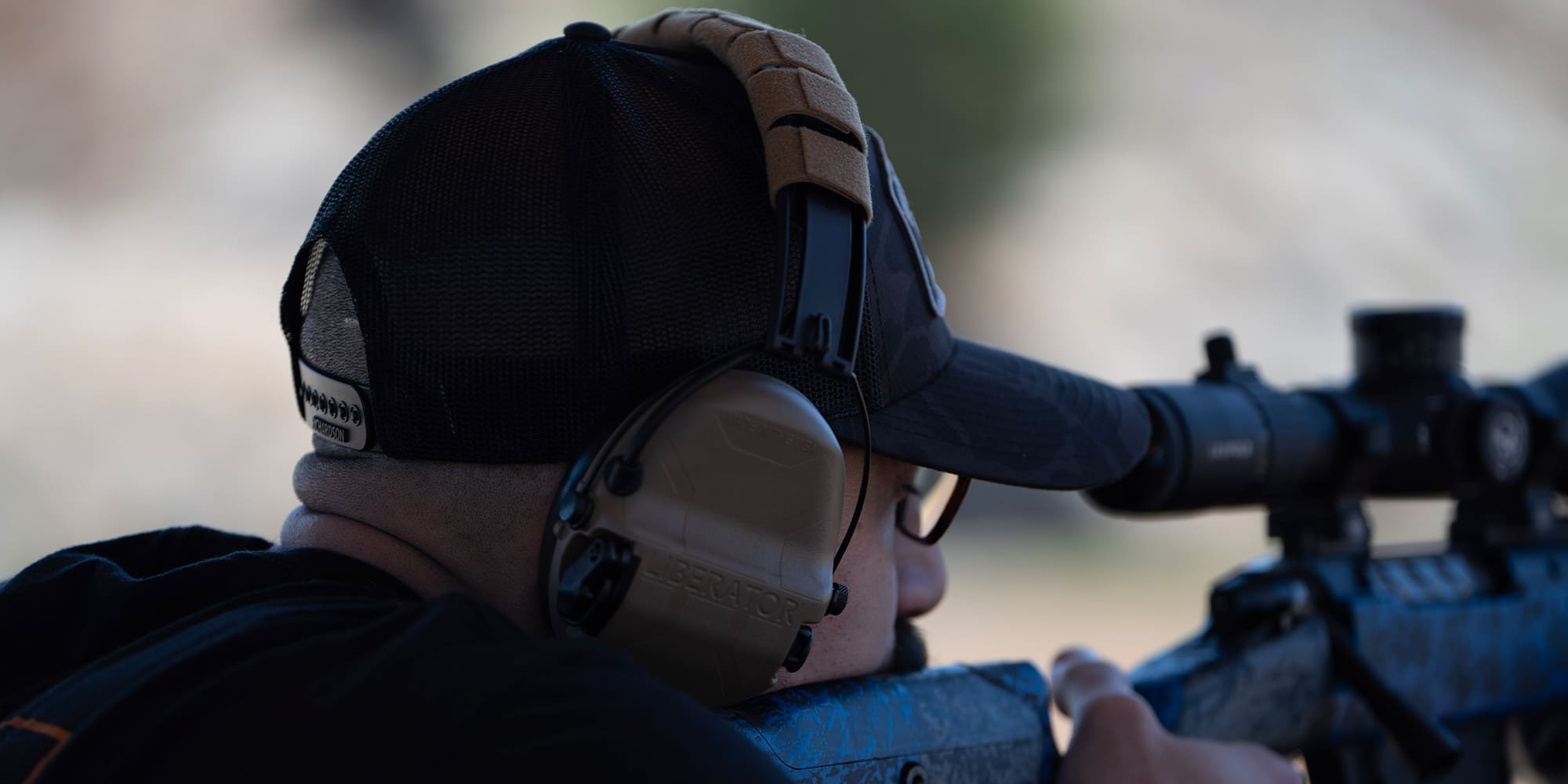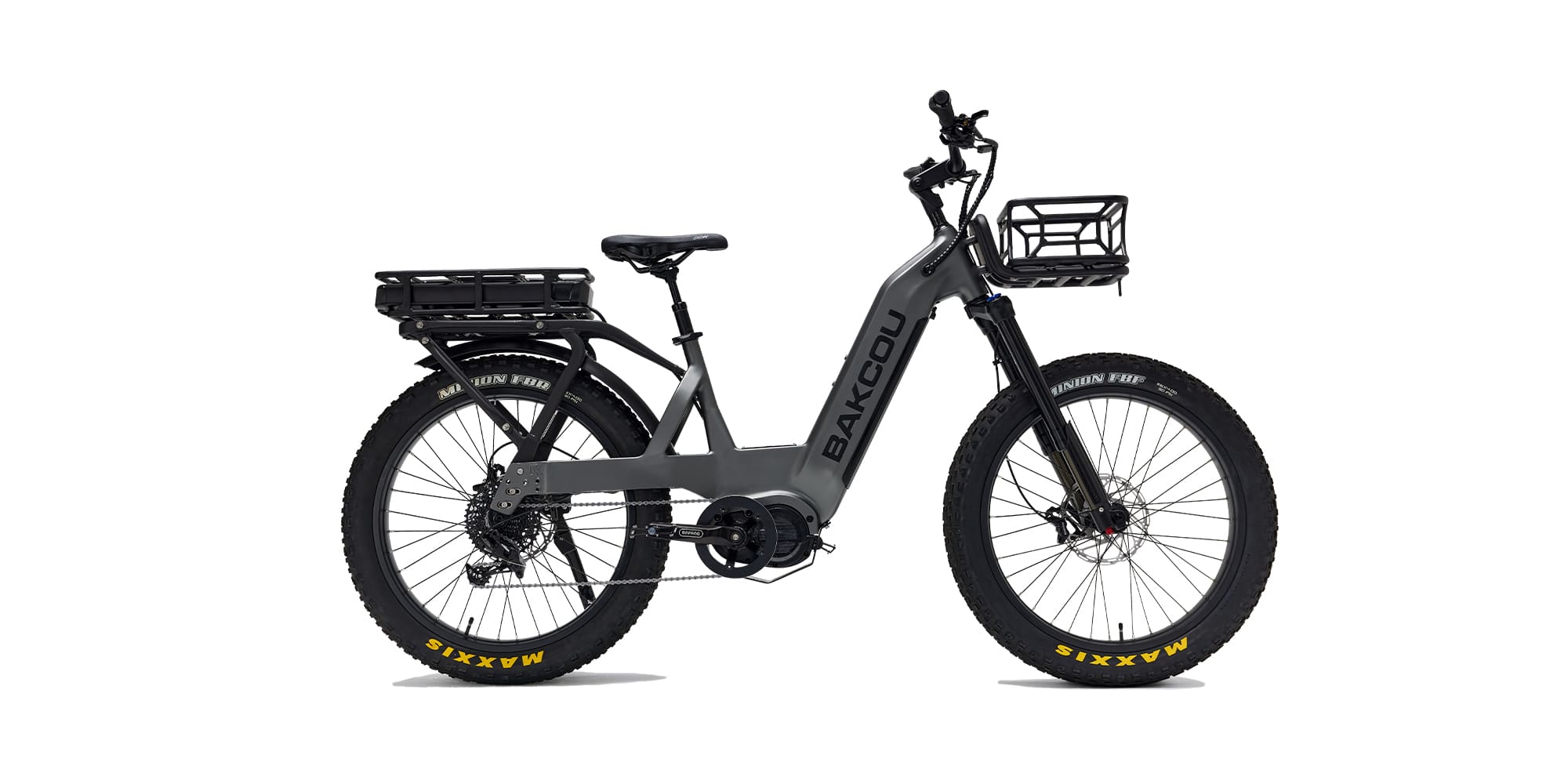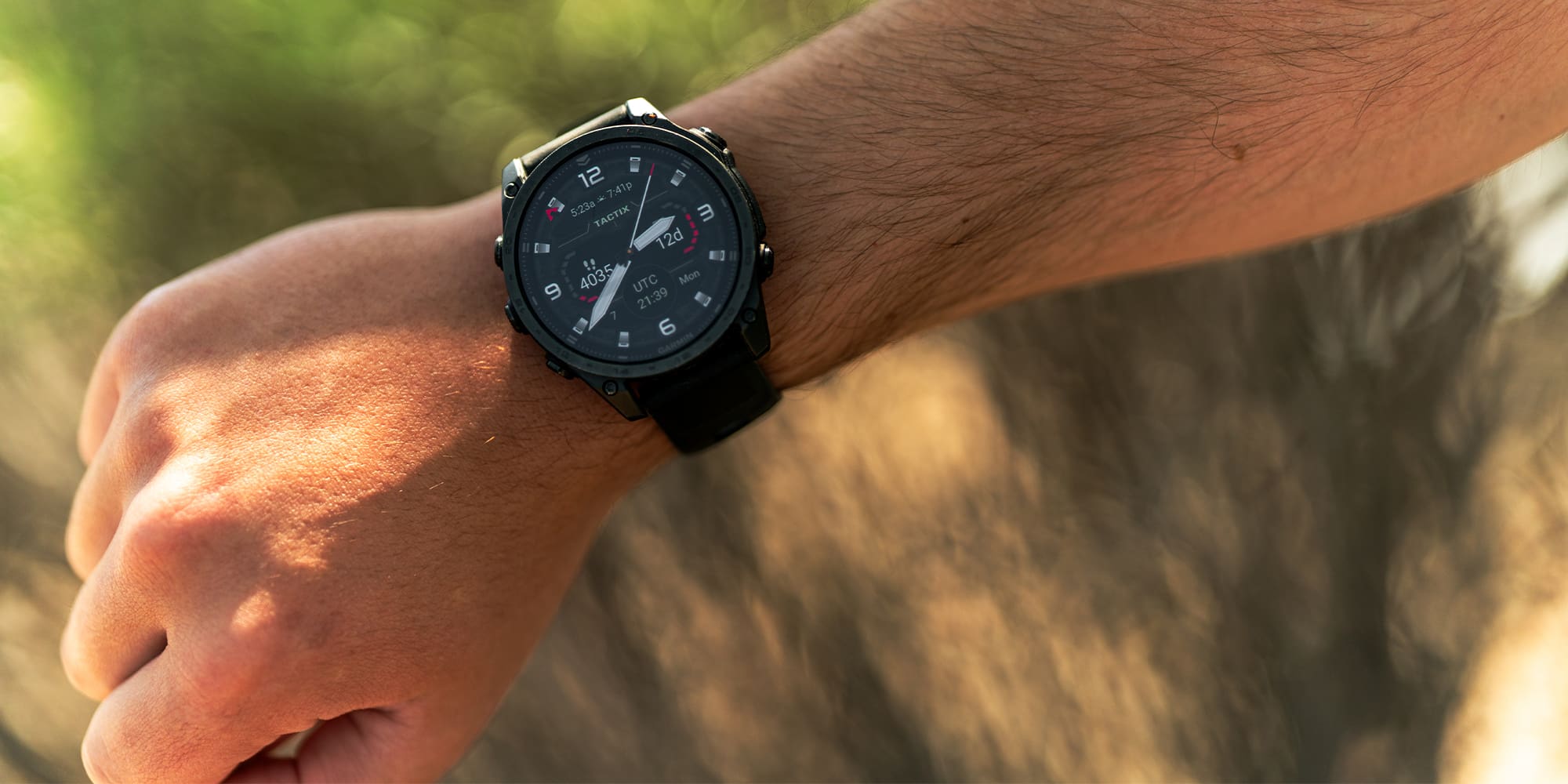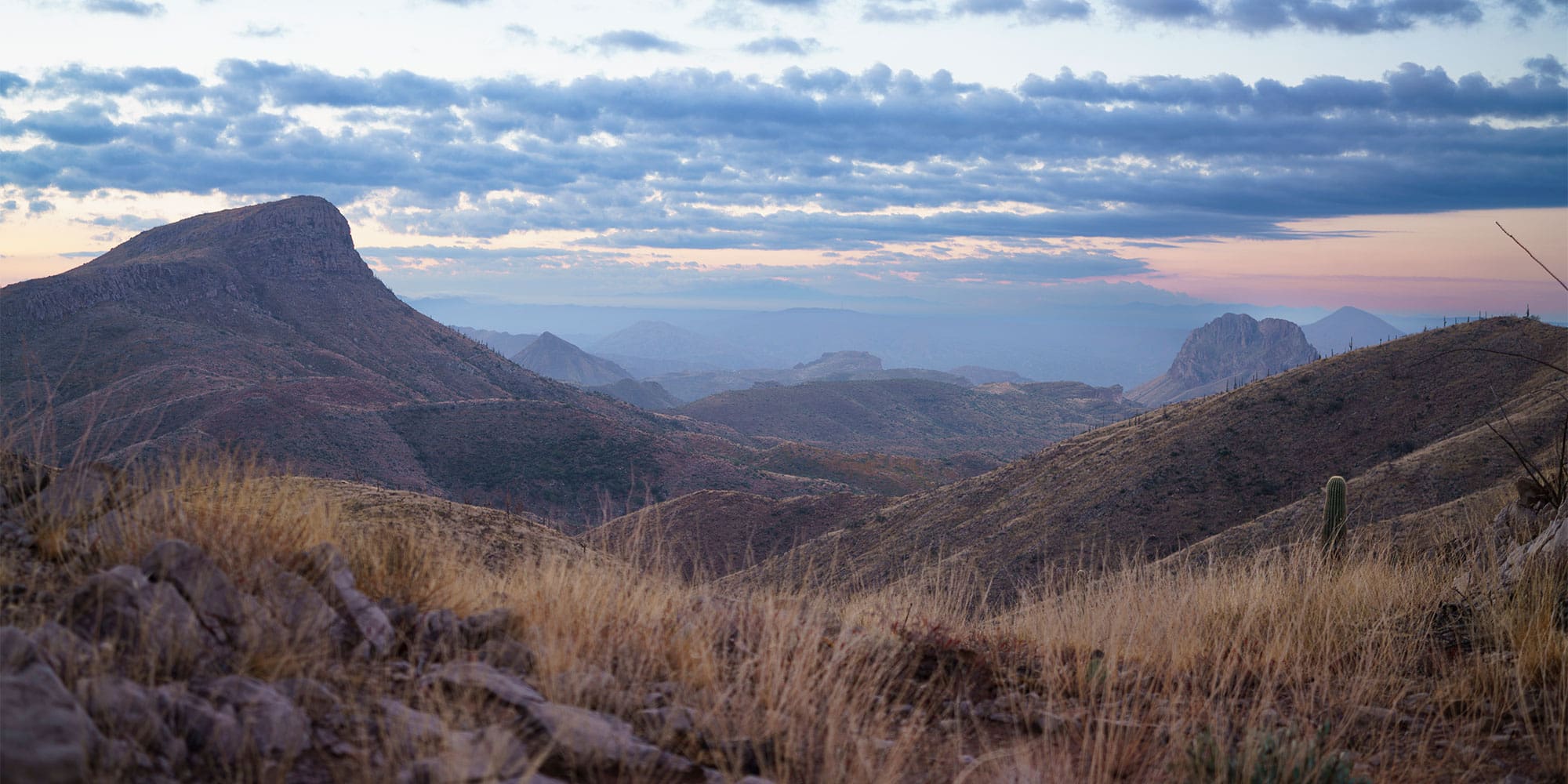
NOTICE: Certain links on this post may earn a commission for Western Hunter Magazine from Amazon or our other affiliate partners when you make a purchase. Thank you for your support.
Won’t Leave Home Without It – Gear Review
Every year, we compile gear reviews for our annual gear issue and try to cover all the latest and greatest gear on the market that we have personally tested in the field. This year, I wanted to task our editorial staff with choosing one piece of gear they will never leave for a hunt without. The obvious bow, rifle, pack, and glass aside, there is always some knowledge to be gained from other hunters in what they carry in their packs and why. Often, it is the smallest piece of gear or item that gets overlooked that can make or break your hunt.
Rifle Tool Kit – Colton Bagnoli, Hunting & Shooting Editor
I will never leave home without a small tool kit for my rifle and optic. Everyone has taken a fall on the mountain or had their rifle slide off the tree it was leaned against. After a long hike in, you have to be able to check your zero and make adjustments to your zero stop in the field. I keep a small Allen key and specialized tools for each optic I hunt with as well as the proper tool for rings, bases, and action screws in my pack at all times. This allows me to ensure everything is tight if I question the rifle setup's accuracy.
While full tool kits are available, carrying the extra weight for bulky, heavy tools is not necessary for a single rifle in the backcountry. Keep it simple with the bare minimum to get your rifle back on target in the event of an emergency. Even the toughest of rifle scopes can move slightly from a fall, so be sure to keep the right tools to avoid a long, light walk out.
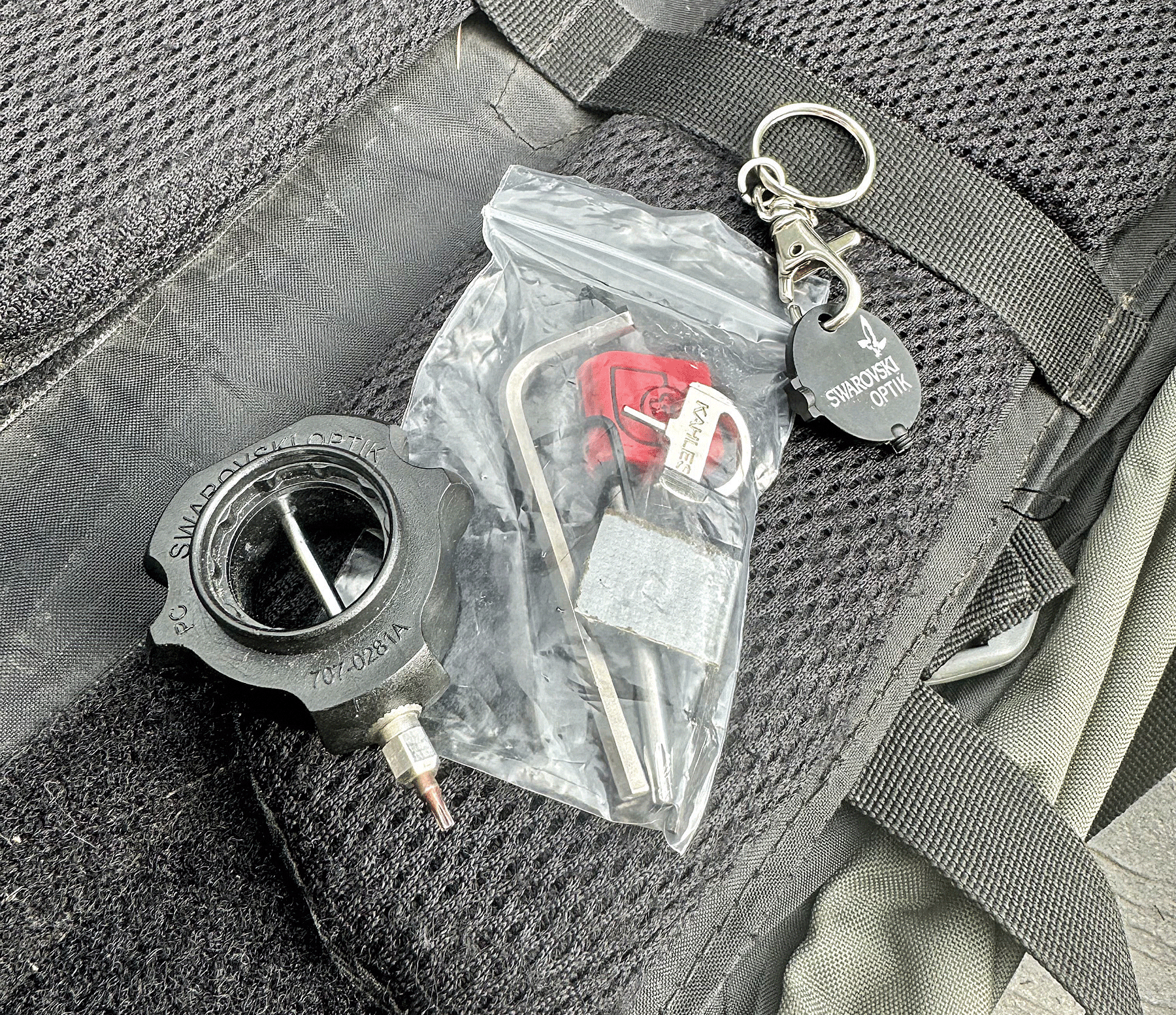
iSolunar Hunt & Fish Times App – Nate Simmons, Backcountry Editor
There are plenty of obvious tools that I wouldn’t go afield without, e.g., boots, broadheads, a knife, etc. Perhaps a less obvious item I always have with me is a moon phase chart; one that predicts peak game movement times of each day. I have observed these charts to be incredibly accurate and have used them and believed in them for nearly 15 years. In my observation, I believe this data is the most consistently accurate when applied to animals that are not rutting and during periods of stable weather patterns.
My early season high-country deer hunts are very conducive for accurate results, as the weather is usually fairly consistent and the bucks are not distracted by the rut. If the charts say peak deer movement will be at 2 PM, I will base my schedule around making sure I’m on a promising glassing point prior to that time; even when it feels like unlikely conditions for a mature buck to be feeding in the open, like when it’s hot and sunny.
There are lots of charts you can find online that all use the same metrics of where the moon is in relation to your position on the earth and how that relationship affects game movement times. The chart I have used for years is an app called iSolunar Hunt & Fish Times (found in the app store). It costs me $9.00 per year, and even though I could find the same information online for free, I like the app because I don’t need cell reception to use it and it’s convenient. I never go a single day on any hunt where I don’t look at this information at least once.
Wind Detector – Fred Eichler, Hunting Editor
It’s simple, really, but I have to have my “smoke in a bottle.” If I don’t have my wind detector, then I feel like I am just bumbling around in the woods. I primarily am a bowhunter and predator hunter; both require the wind to always be in my favor for each hunt. I have had the wind ruin countless hunts for me when a slight change took my scent somewhere I didn’t want it to go. Being able to detect subtle wind changes that I can’t feel on my skin or being able to see where my scent is going a few yards from my location is paramount to my success in the field.
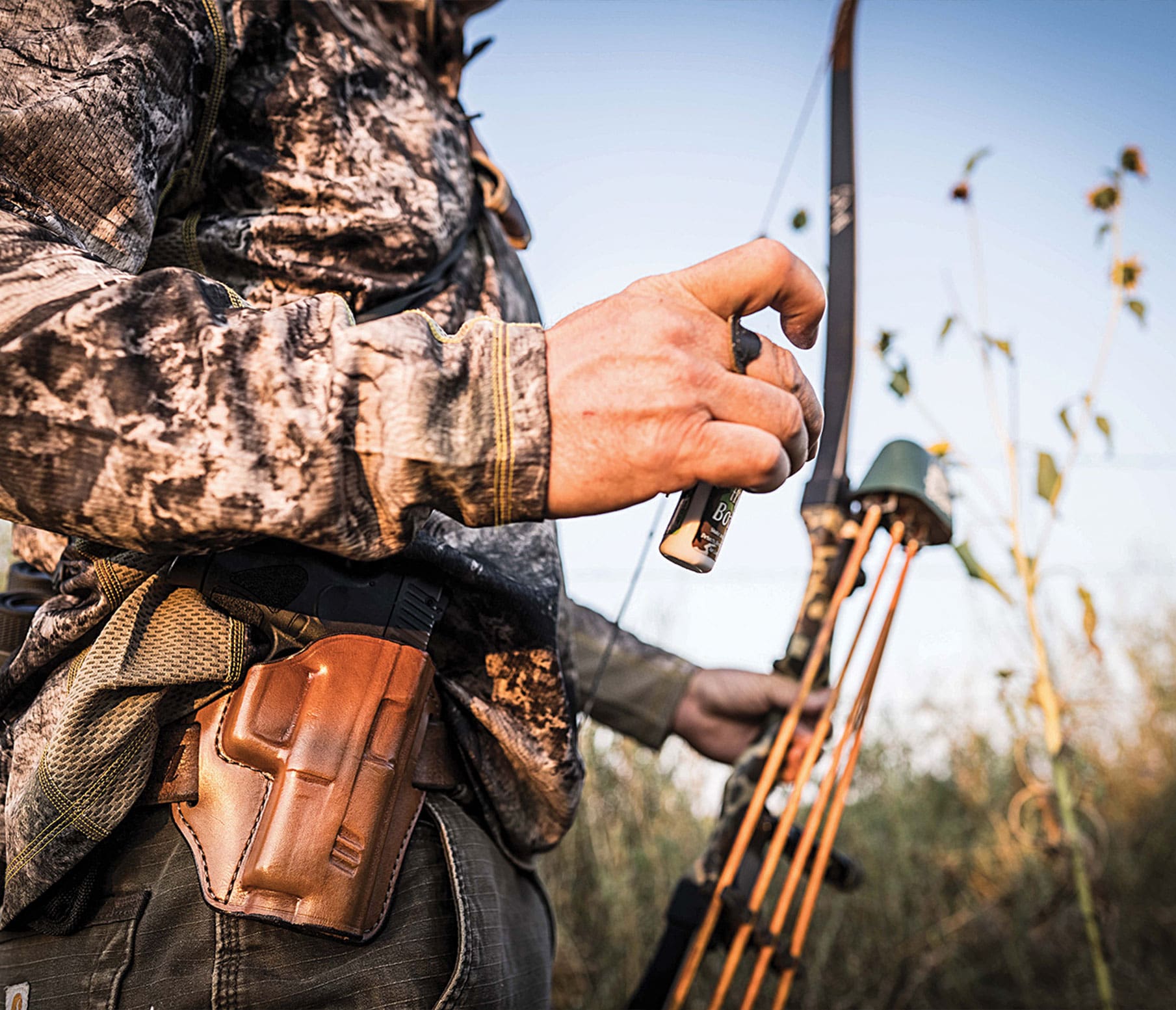
Trekking Poles – Mike Duplan, Hunting Editor
In 2005, I went on my first Dall sheep hunt. My guide and outfitter, Steve Johnson, asked me if had trekking poles, I replied that I did but didn’t use them much. He replied, “Get used to them and bring them because you aren’t going without them.” Steve knew from experience that they were invaluable in the mountains and gave the hunter a serious advantage in using them.
Since then, I have almost never left the trail without them. They can be a little clunky in the brush but make a massive difference in extra power, stability, and fatigue-fighting impacts. Some young guides may poo-poo them, but not the smart ones. Check your ego and bring a pair of collapsible trekking poles with cork handles. With some time and use, you will use them unconsciously and with rhythm. Your knees and feet will thank you.
Bear Spray – George Bettas, Hunting & Conservation Editor
Quite simply, my “one piece of gear” is bear spray. This applies whether hunting the backcountry with stock or on my own. Why bear spray? 90% of the areas I hunt in Montana, Idaho, and Wyoming now have significant populations of grizzly bears. I encounter them regularly in Montana and have learned how to read the signs of grizzlies in an area, but you really never know when or where you will encounter one.
They used to be in well-known grizzly habitat, but now, just about any thicket, creek bottom, or brushy draw can have a grizzly sleeping in it. I always carry a 12-gauge pump shotgun loaded alternately with buckshot and slugs when hunting with my stock, but bear spray on your pack or saddle is much easier and faster to deploy, and it is effective. Every year, hunters and others are mauled by grizzly bears. I can get along without a lot of my hunting and horse gear, but bear spray in bear country is essential.
Wet Wipes – James Yates, Archery & Hunting Editor
A small pack of ordinary baby wet wipes is worth its weight in gold on a long backcountry hunt. I generally buy them in a bulk container and then carry just enough separately in a Ziploc bag for two per day for the trip. Keeping the backside squeaky clean is very important for longevity in the backcountry, and nothing cleans better than a wet wipe. My backside, crotch region, and inner thighs can chafe badly, and I find that I can reduce chafing significantly if I clean up the nether regions after big sweaty days; specifically, cleaning up the salt that remains after sweat evaporates.
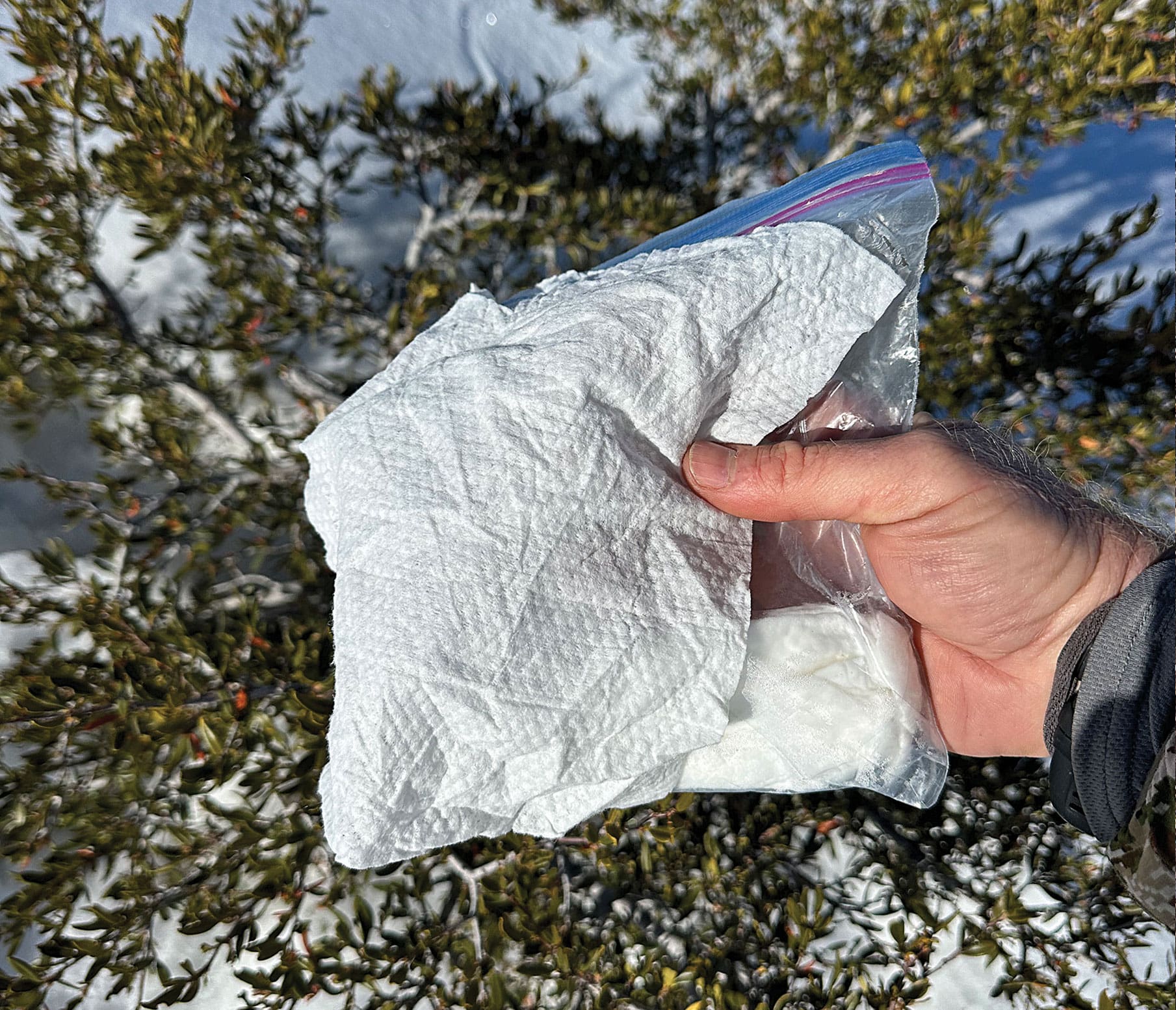
Petzl Headlamp – Kyle Greene, Hunting Editor
Fourteen years ago, I decided to chase my dream of becoming a houndsman. It didn’t take much chasing for me to figure out that a headlamp was the most important tool I could have, so I bought a Petzl Headlamp for $30. Believe it or not, that same headlamp is still sitting in my hunting pack and, due to sentimental reasons, is still my go-to headlamp. Over the years, that headlamp has hunted ducks, turkeys, antelope, deer, elk, bobcat, raccoon, bear, and yes, mountain lion. It has traveled all over the western states with me and even gone to work on the ambulance and fire engine.
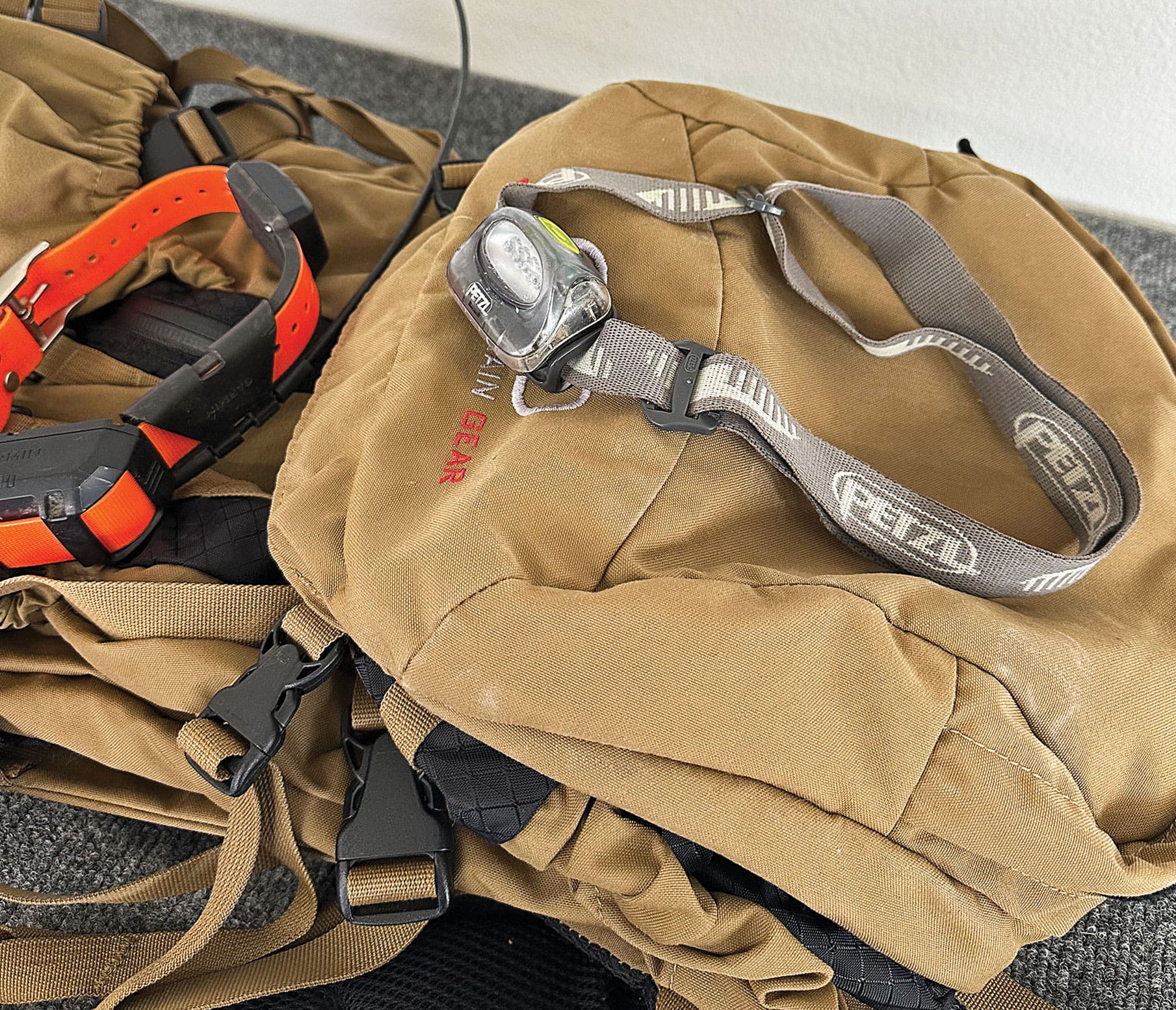
Countless mountain lion tracks have been illuminated with that headlamp, and an equal number of blood trails have been solved with its help. I have Petzl Headlamps in all our vehicles and have purchased them for my wife and all my children. It doesn’t matter if I am camping, feeding horses, or going after mountain lions. My headlamp is my most important tool, and I never leave home without one.
Garmin inReach – Lindsay Persico, Health & Fitness Editor
As I am headed out for a hunt, I always double-check to make sure I have my Garmin inReach with a full charge and in my pack. As soon as I get out of my rig to head into the woods, I take it out and clip it onto my pack where I can easily reach it in the event of an emergency. This device enables me to contact emergency services if needed, but also allows me to update family on how my trip is going or if I need help packing out a critter. Having an emergency beacon like the Garmin inReach allows me to hunt solo with confidence.
Stove – Matt Ward, Health & Fitness Editor
Of all the gear I meticulously research, test, and acquire – whether new or used – there’s one item in my kit that I will never leave behind: my stove. I don’t have a specific brand preference; I simply always ensure to include one for the following reasons: I relish the ritual of boiling water for that first cup of morning coffee, savoring a gourmet freeze-dried dinner after a grueling trek into the high country, or indulging in a cheeky grilled cheese sandwich amidst a day of nothing but bars and gels. Essentially, a stove serves as a small but invaluable source of comfort, allowing me to recharge amidst the solitude of the wilderness.
Aquaquest 100 Liter Rogue Dry Bag – Nick Gehring, Taxidermy Editor
There are several items that come with me on any backpack hunt, but in the last few years, I've grown particularly fond of Aquaquest’s 100 Liter Rogue Dry Bag made of rugged 70D ripstop. It's big enough to comfortably stuff all of my camp and clothing with plenty of room to spare for a week's worth of dehydrated meals. At camp, the bag becomes my dry sack and night cache, allowing me to keep my boots, calls, optics, and more, safe from dew and downpours alike. Also, the lifetime warranty is hard to beat!
